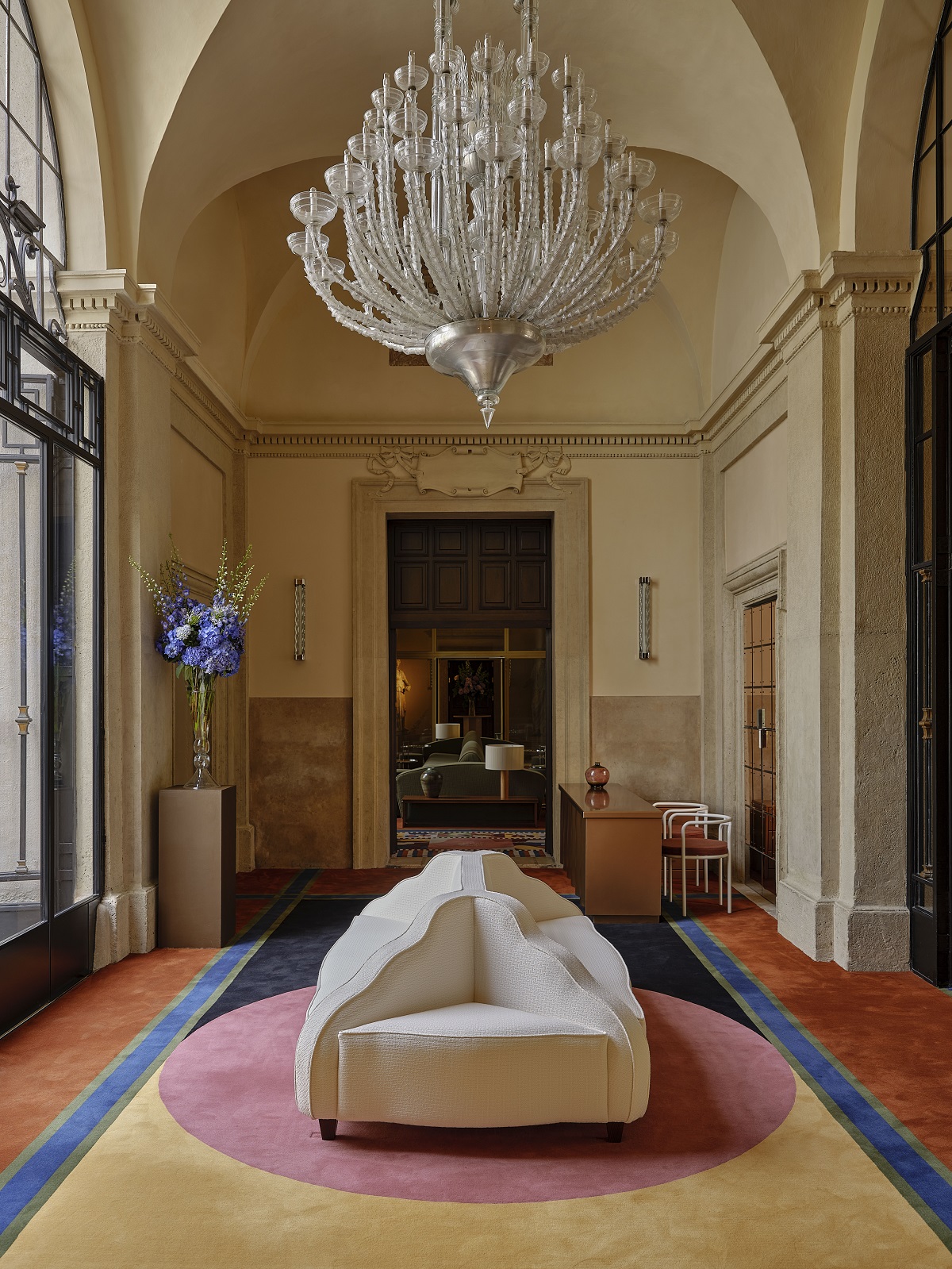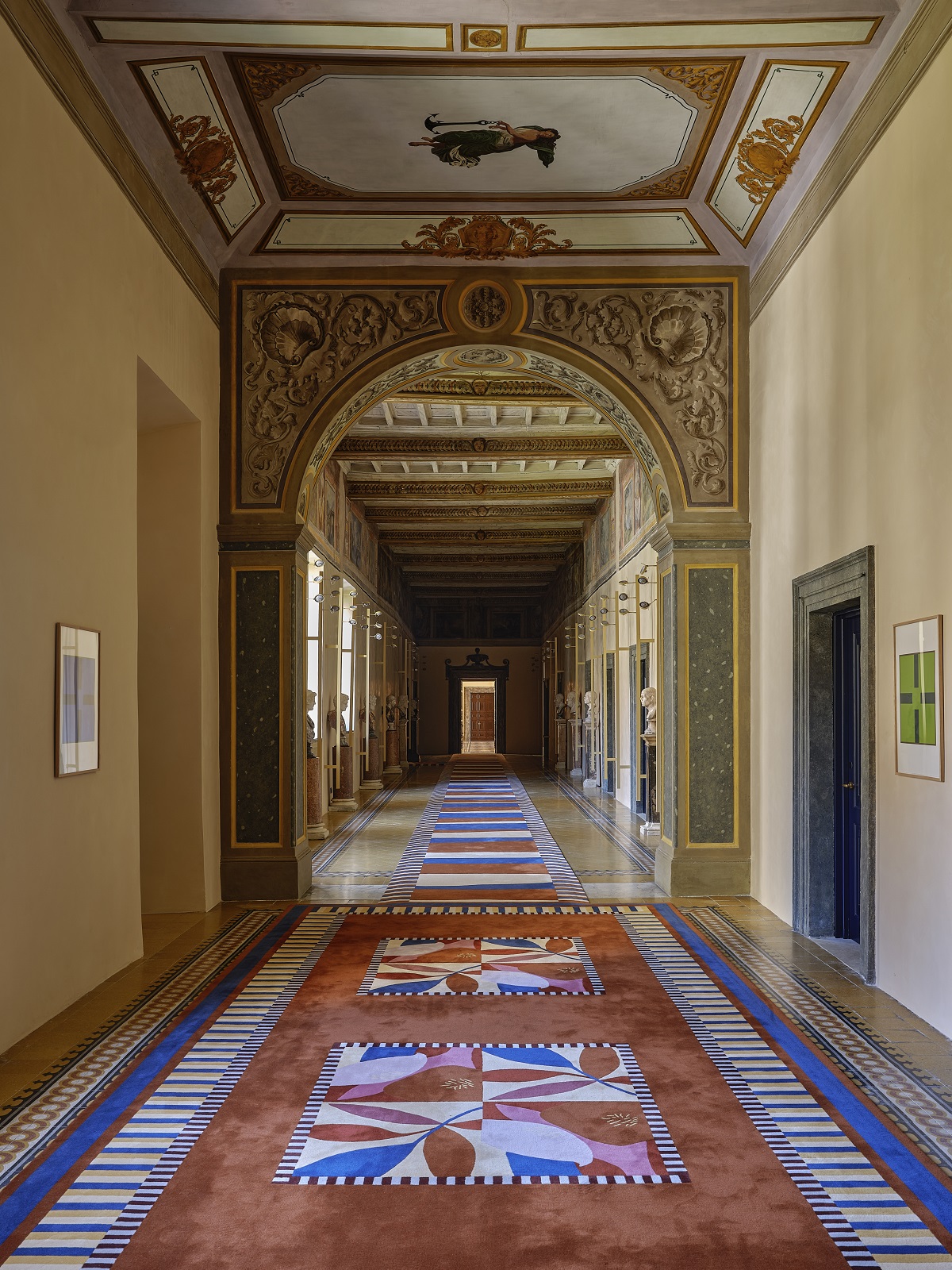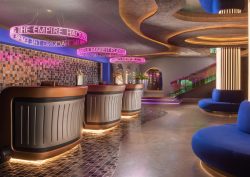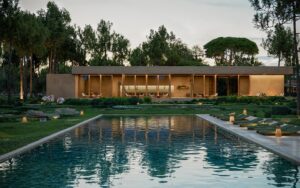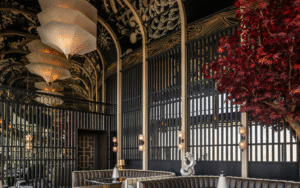Palazzo Talìa has opened its doors in the heart of Rome, heralding a new era for this 16th century architectural masterpiece…
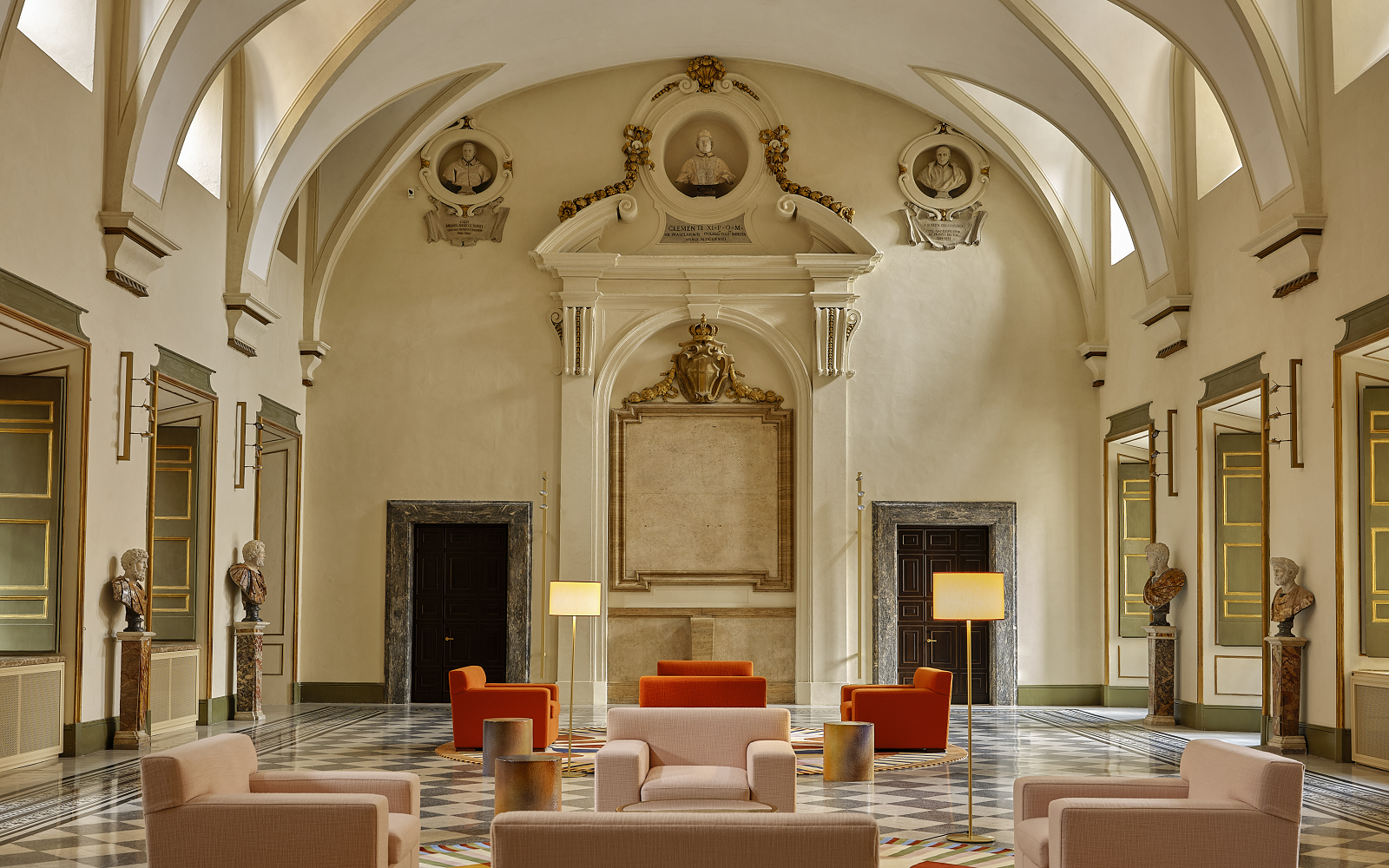
Nestled near the city’s most iconic landmarks, Palazzo Talia has been meticulously restored to blend timeless elegance with modern comfort. Public spaces and a signature suite have been transformed into stage settings by studiolucaguadagnino, with each of the remaining 25 unique rooms and suites thoughtfully designed by MIA Home Design Gallery and Laura Feroldi Studio, championing the finest in Italian craftsmanship.
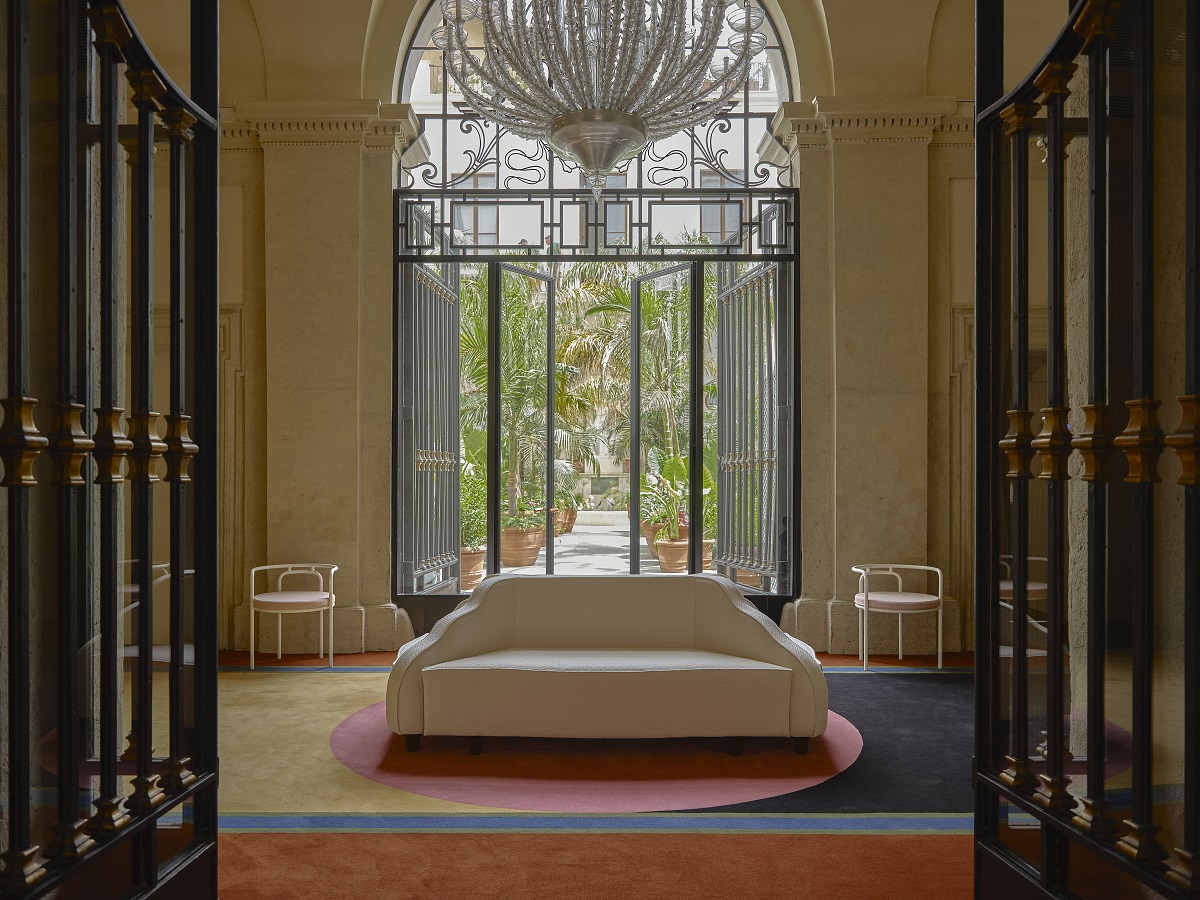
Image credit: Palazzo Talìa
Palazzo Talìa has been brought back to life by the Federici family, specialists in construction and real estate, and fuelled by a deep-rooted passion for the arts. This intimate, boutique hotel not only revives a treasured piece of Rome’s architectural heritage but also enriches the city’s luxury hospitality scene, providing an unparalleled retreat that captures the grandeur and sophistication of Rome itself.
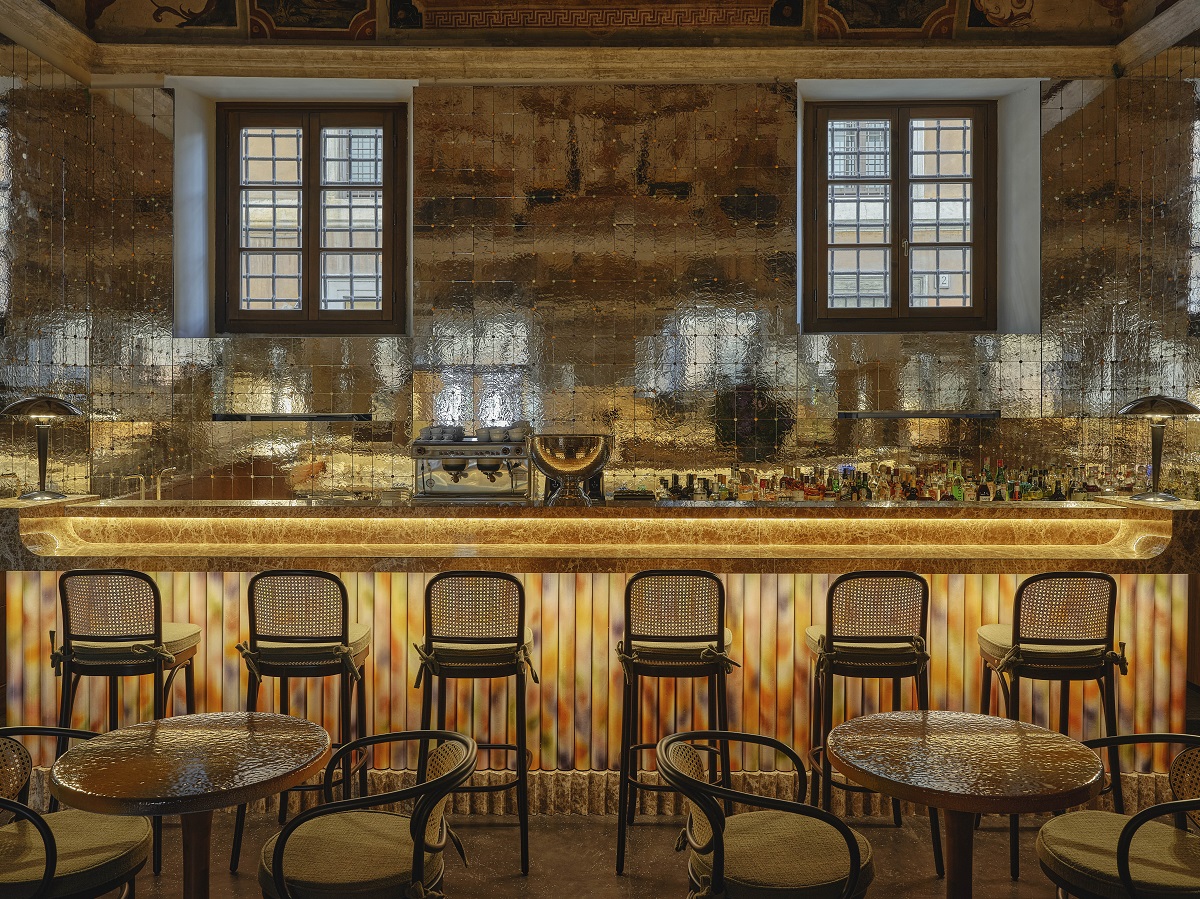
Image credit: Palazzo Talìa
Originally built in the 16th century, the building was once home to ancient Roman Gods. Over the centuries, layers of houses and palaces accumulated, culminating in the Renaissance when humanist Angelo Maria Colocci, secretary to Pope Leo X de’ Medici, established his residence on the site. In the 17th century, the Palazzo became a home for nobles and high-ranking clergy until it was acquired by Cardinal Tonti, known as Cardinal Nazareno due to his appointment as titular archbishop of Nazareth. After his death, Tonti bequeathed the palace to San Giuseppe Calasanzio, founder of the Piarist Fathers, who transformed it into a school for children from poor families. This institution, named after Tonti, gained prestige throughout the 18th and 19th centuries, eventually becoming the Nobile Collegio del Nazareno, renowned for its prestige and for educating famous politicians, cardinals and diplomats, before closing its doors in 1999.
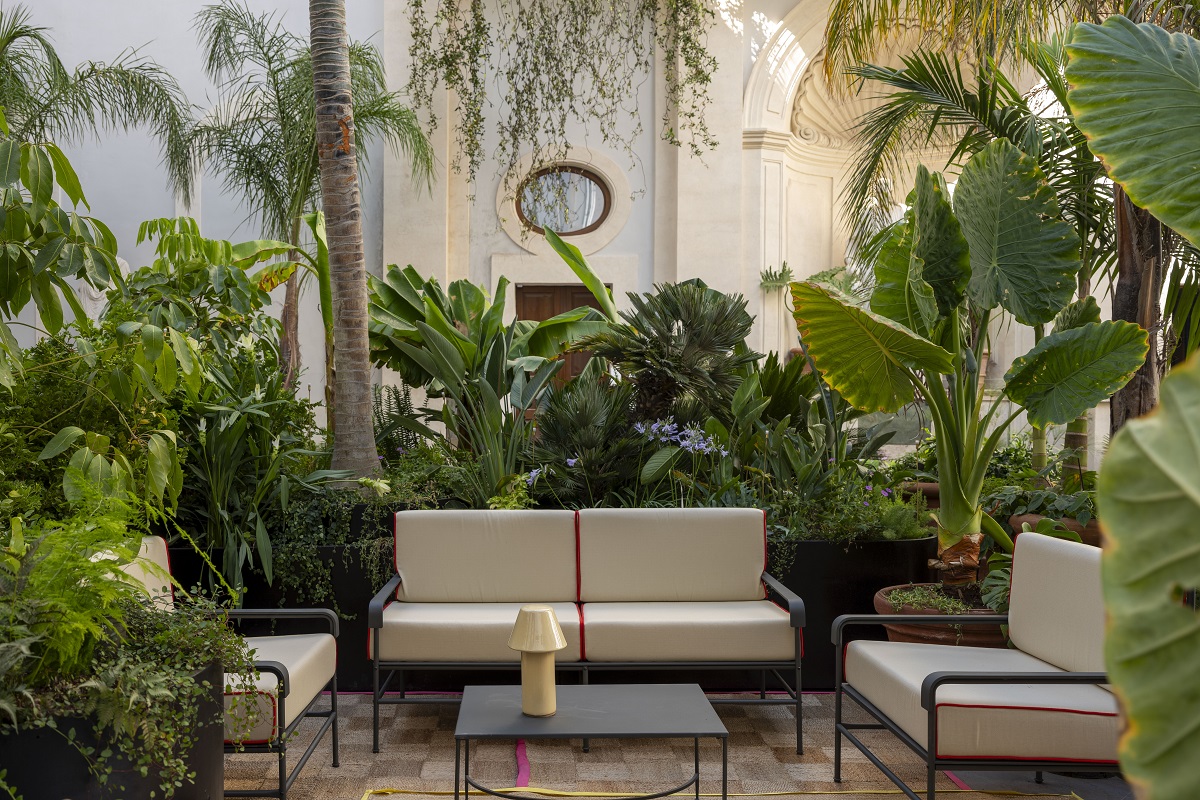
Image credit: Palazzo Talìa
This respectful three-year restoration project is spearheaded by the Federici family who have carefully selected a trio of the best Italian artisans to breathe life back into the Palazzo, preserving its architectural heritage and weaving in the rich tapestry of the building’s illustrious past.
The team of studiolucaguadagnino, founded by Luca Guadagnino in 2017, set the tone by designing all public spaces including the restaurant, bar and wellness spa, seamlessly marrying opulence with contemporary allure. The team’s first venture into hospitality is a celebration of chromaticism where craftsmanship reigns supreme.
One of the stand-out pieces is a monumental floral carpet, guiding guests through the palace, leading to the central staircase and the Magna Hall – 248 square metres of grandeur and magnificence adorned with 18th-century frescoes by painter Gaspare Serenari, destined for exclusive private events or reserved along with adjacent suites such as the Talìa Suite.
Studiolucaguadagnino also designed the Terrace Suite, a bespoke room on the top floor, enriched with peach wood panelling and an extraordinary 66-square-metre terrace overlooking the inner courtyard. This urban oasis, brimming with tropical greenery and curated by landscape artist Blu Mambor, doubles as a vibrant lounge, housing the bar and part of the restaurant’s seating, both open to hotel guests.
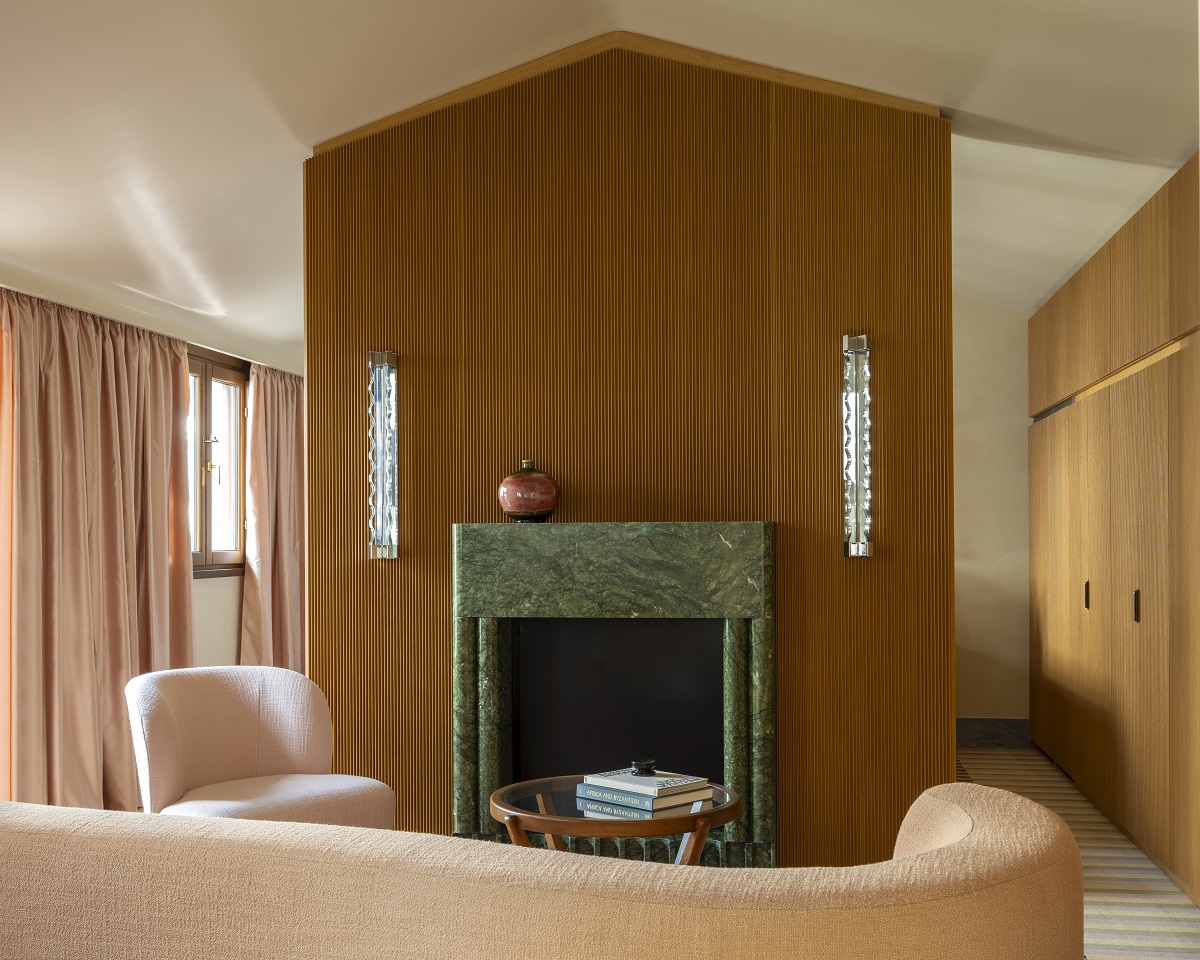
Image credit: Palazzo Talìa
“What does it mean to undertake a project like hotel interior design? Perhaps it’s one of the quintessential expressions of this profession. This is because decorative arts are not only enjoyed by guests but also by the public. The most exhilarating aspect was pondering how to intervene in a place so steeped in history and tailor it to a completely different, bespoke garment to breathe new life into the palace,” commented Pablo Molezún of studiolucaguadagnino.
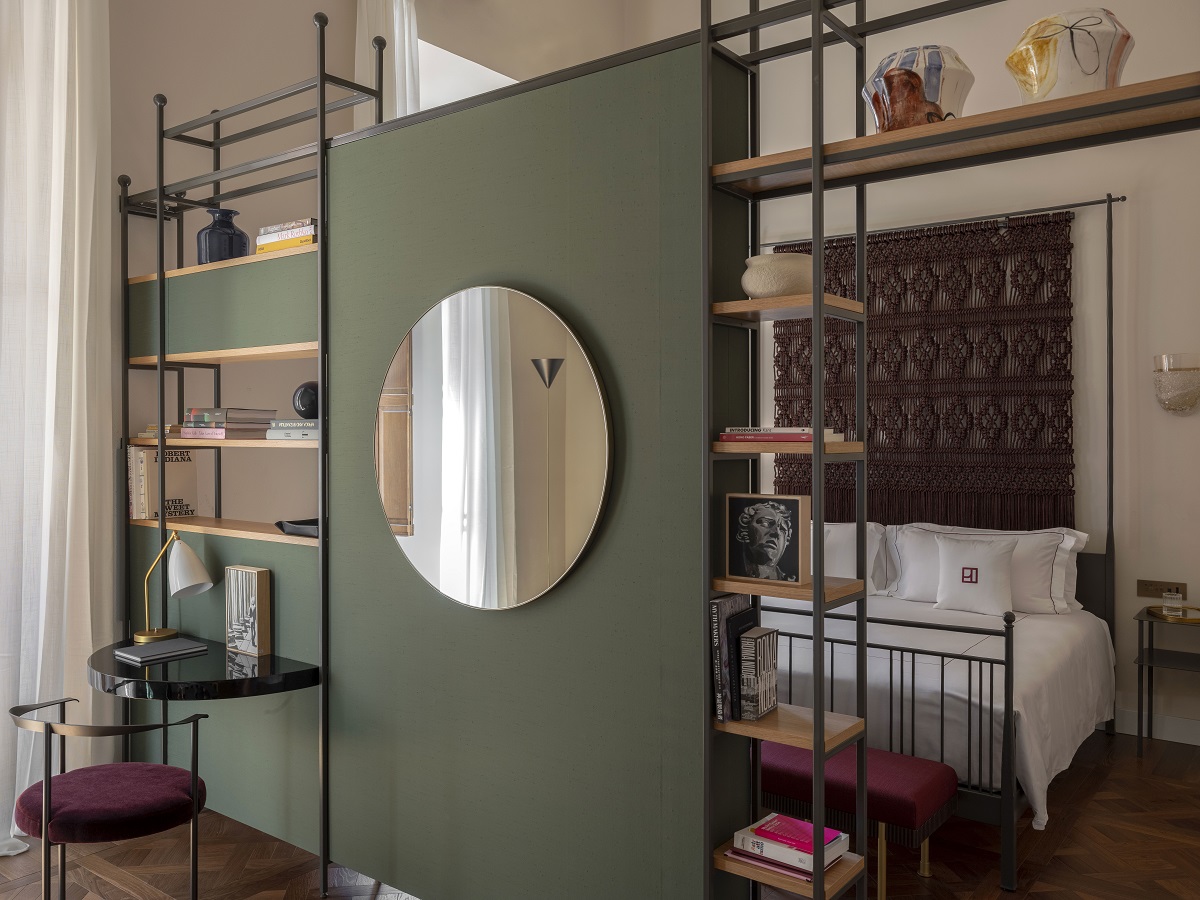
Image credit: Palazzo Talìa
Architect Marianna Lubrano Lavadera from the design studio and store MIA Home Design Gallery, along with architect Laura Feroldi from Laura Feroldi Studio, designed the exquisite interiors of the remaining 25 rooms. Each room is unique and bespoke, with much of the furniture being one-of-a-kind, handmade pieces, offering an eclectic blend of classic and contemporary style.
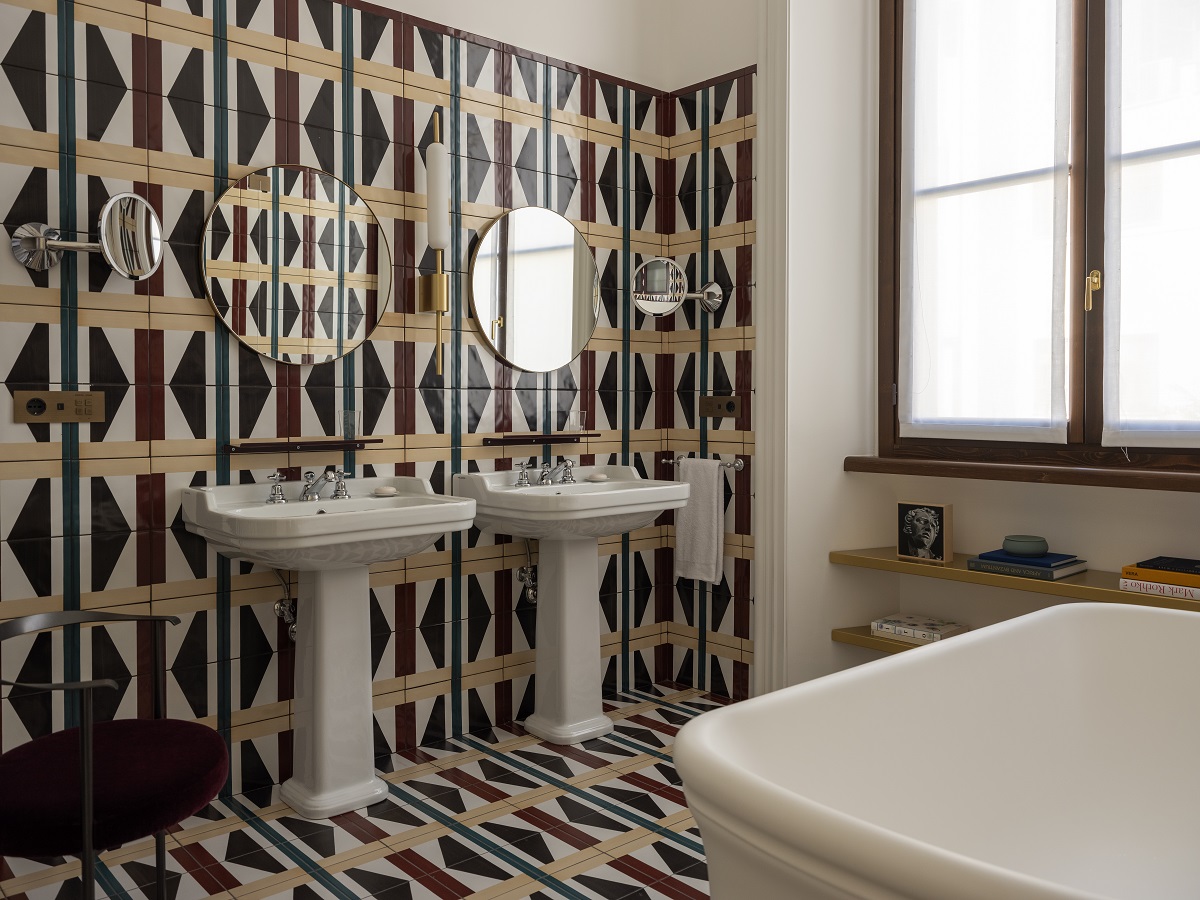
Image credit: Palazzo Talìa
Tramae Restaurant creates a refined yet relaxed atmosphere where Italian cuisine takes centre stage. Renowned Italian Chef Marco Coppola masterfully blends flavours with memories, creating a cosmopolitan dining experience that captures the essence of the Roman Dolce Vita. The menu ranges from traditional Roman dishes to the diverse and rich flavours of Italian cuisine, all crafted with the finest seasonal ingredients.
Diners are invited on an extraordinary culinary journey, celebrating the best produce from Venice through Florence and Rome to Sorrento, Coppola’s hometown. The menu features the Federici family’s favourite dishes, alongside southern delicacies. Beneath the frescoed ceilings or in the charming outdoor Palazzo Patio, Bar Della Musa invites guests to explore innovative cocktails, the finest champagne, and enjoy a specially curated selection of wines.
Since you’re here, why not check out the DESIGN POD episode on ‘Redesigning Historic Buildings‘?
Main image credit: Palazzo Talìa




